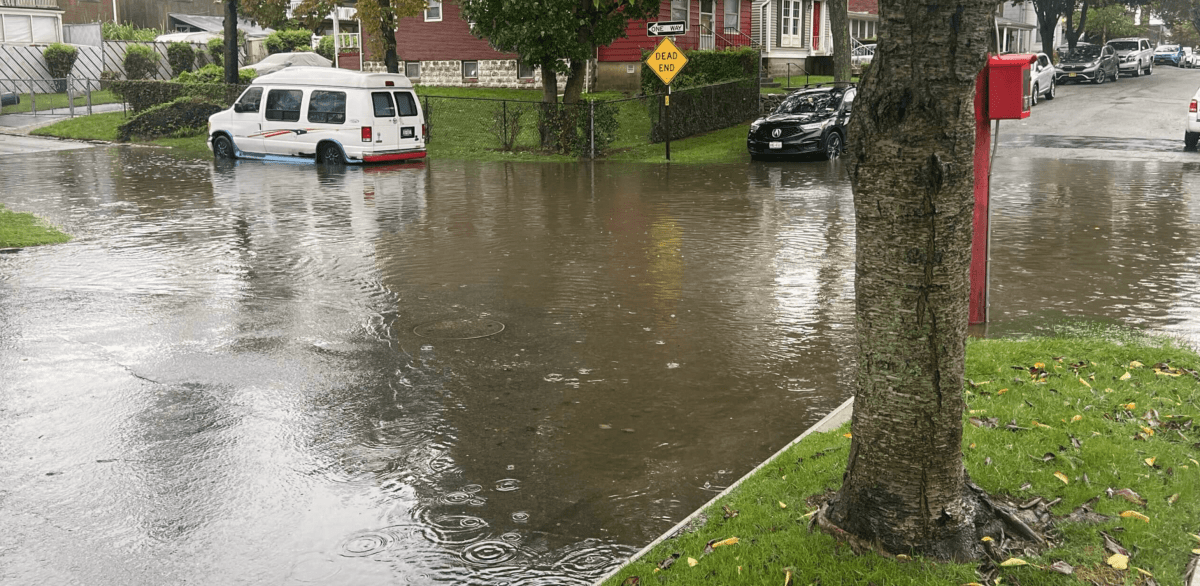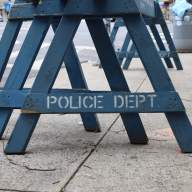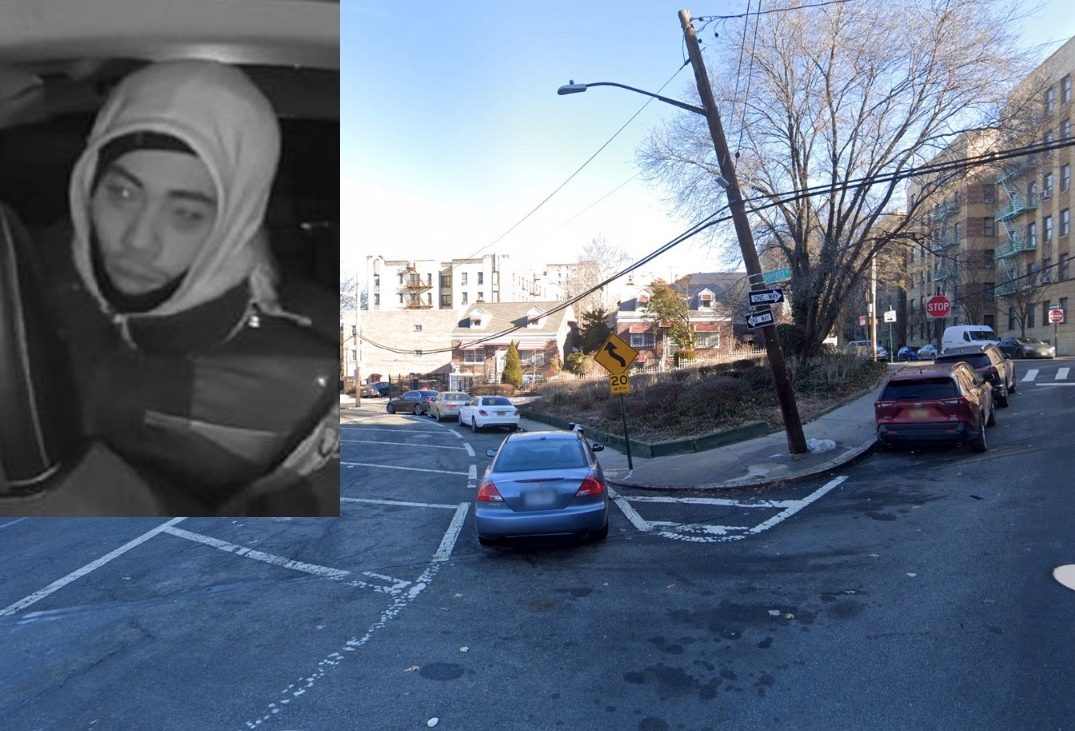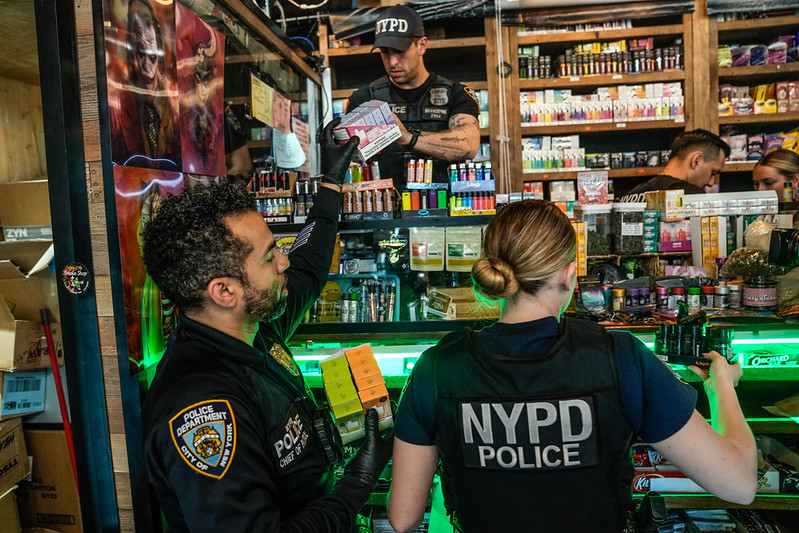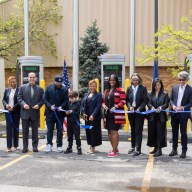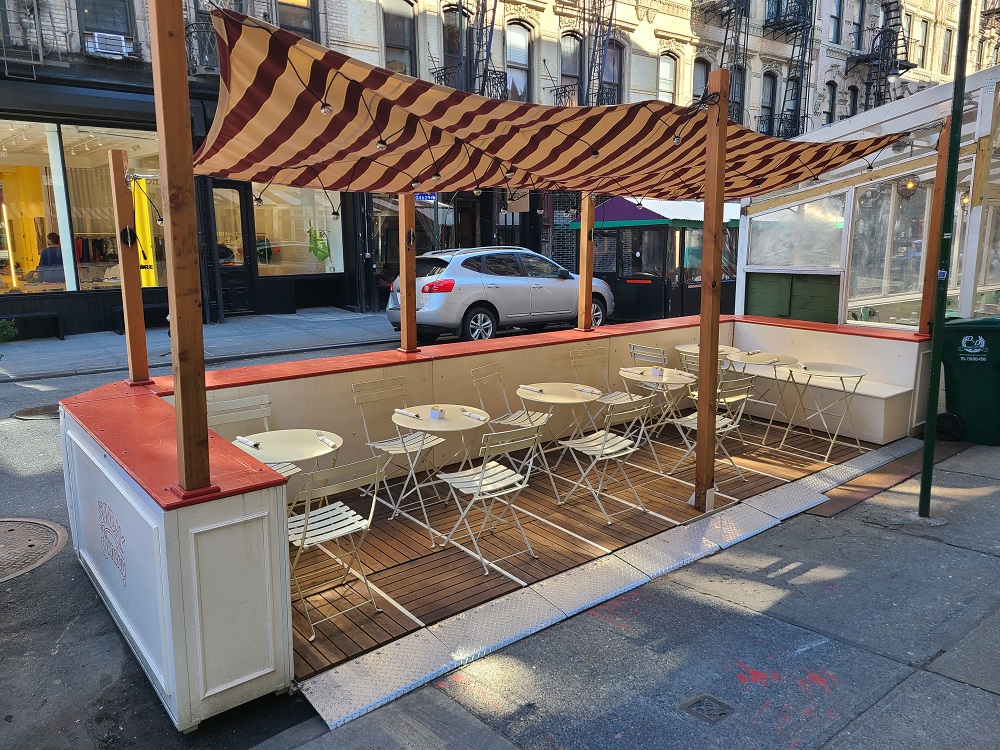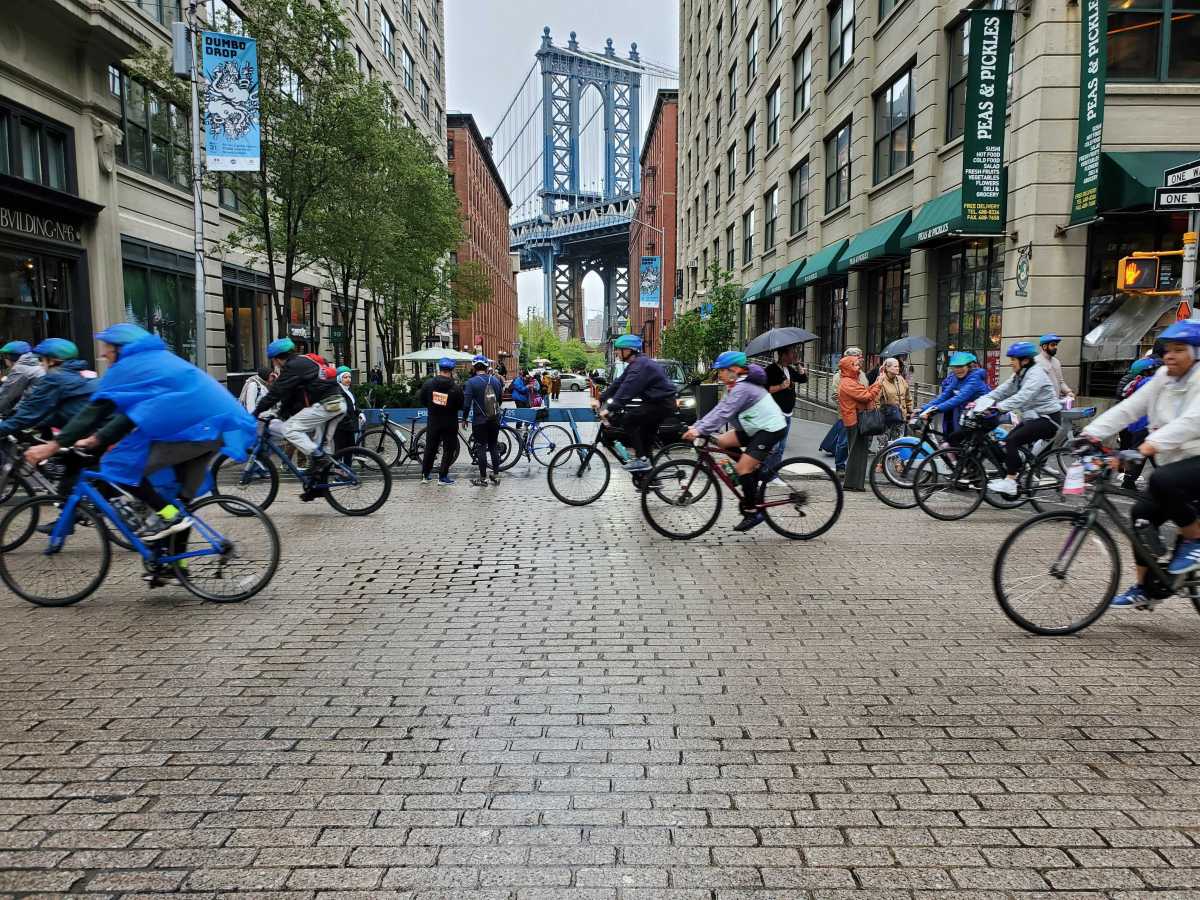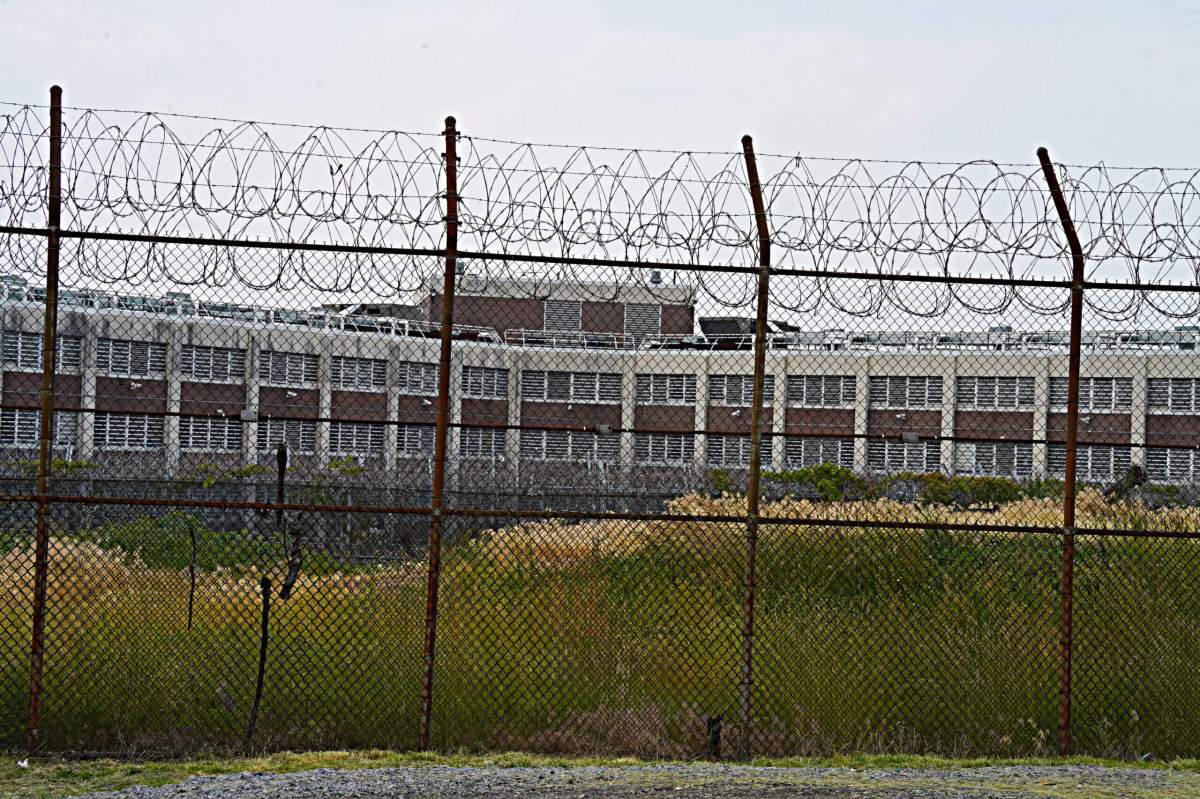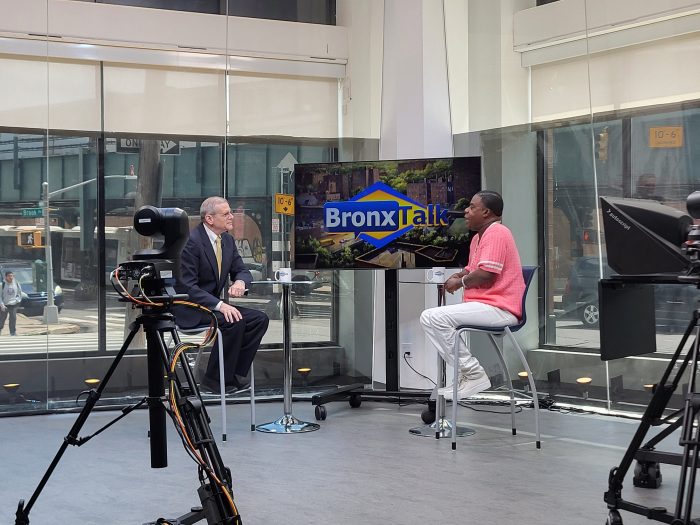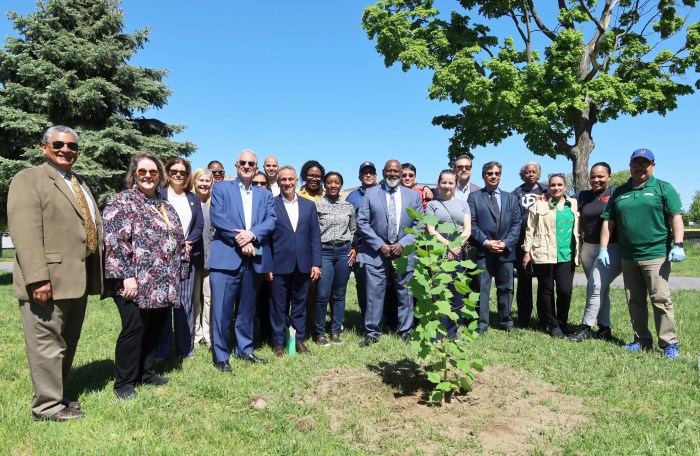When Tropical Storm Ophelia wreaked havoc on NYC earlier this month, coastal communities like City Island bore the brunt of the beast with streets noticeably under water.
As tidal flooding continues to become an increasing concern, NYC recently installed flood sensors on City Island Avenue, Tiers Street, Ditmars Street and Minnieford Avenue in the northeast Bronx neighborhood.
It’s rough on the roads today. Please stay safe and let us know if you need any help! pic.twitter.com/8iiZJmdRi7
— City Island Rising, Inc. (@CI_Rising) September 29, 2023
The sensors, which have been installed across NYC in flood-prone neighborhoods, are the brainchild of FloodNet, a multi-year partnership launched in 2020 between City University of New York (CUNY), New York University (NYU) and city government to develop tools for real-time urban flood monitoring.
The flood sensor data can be useful to not only city agencies, but also community residents, organizations and coalitions in understanding how flooding impacts their neighborhood, exploring how flooding is connected to other relevant community issues and creating action strategies in response.
So far, more than 70 sensors have been installed and with support from the NYC Department of Environmental Protection (DEP), there is funding in place to install 500 in total over the next five years.
“Flood sensors will not only provide real-time information on flooding, which will assist emergency responders, the information they provide will also inform where the city invests funding for infrastructure upgrades,” said DEP spokesman Edward Timbers. “The city’s capital plan includes billions of dollars to upgrade the drainage system and improve stormwater management in the Bronx, and we’ve outlined steps New Yorkers can take to protect themselves and their property in the Rainfall Ready NYC Action Plan.”
John Doyle, president of City Island Rising Inc., told the Bronx Times installing flood sensors on City Island is a step in the right direction. Doyle said inadequate drainage, an antiquated sewage system and streets with no sidewalks and/or catch basins are some of the reasons City Island is prone to flooding.
“My hope is it shines a light on how bad flooding is in the low-lying areas,” Doyle said about the sensors. “There shouldn’t be blocks in the neighborhood that are totally submerged underwater.”
City Island, which lies at the western end of the Long Island Sound, and Pelham Bay Park are listed as Zone 1 Evacuation Zones by NYC Emergency Management, which indicate both areas are at high risk in a natural disaster.
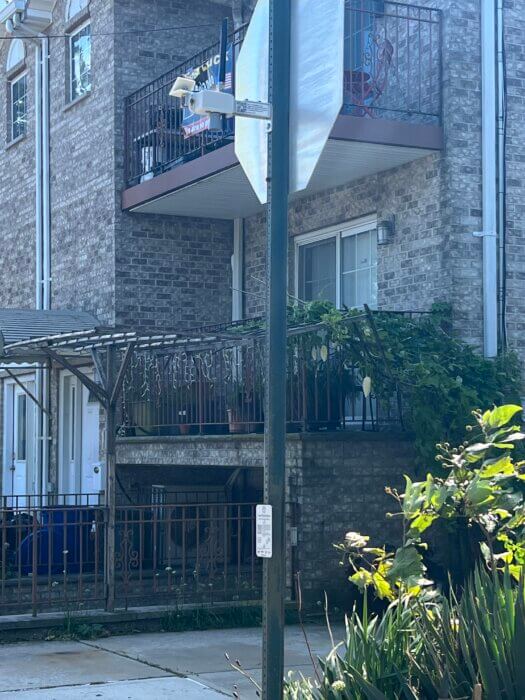
With the data from the sensors and money coming from the Bipartisan Infrastructure Deal (Infrastructure Investment and Jobs Act), Doyle is hopeful that the Bronx can finally get the funding necessary for future tropical storms and or hurricanes. The legislation includes around $550 billion in new federal investment in America’s roads and bridges, water infrastructure, resilience, internet and more.
Doyle, who has lived on City Island for more than 30 years, said streets flooding in the small community — it boasts a population of just more than 4,000, according to 2020 census numbers — is nothing new. However, the Bronx often seems to be the forgotten borough, he said, adding that he hopes the city and elected officials take notice and realize that it’s time for action.
“Outer borough also means out of sight and out of mind for a lot of people,” he said. “If we have another hurricane, we will look back and wish we did more. The government should be receptive to listening to people who have their feet on the ground in these neighborhoods.”
On Sept. 22, Gov. Kathy Hochul signed New York’s flood risk disclosure bill for home buyers into law, requiring that home sellers disclose flood risk and history to prospective buyers. This law amended New York’s old disclosure law, which allowed for home sellers to avoid disclosing flood history and risk by paying a $500 credit to the buyer at the time of sale.
Waterfront Alliance and the Rise to Resilience Coalition spearheaded advocacy efforts to pass the law that, they said, makes New York a nationwide leader in promoting climate transparency and awareness of flood risks for both buyers and renters.
“Today marks a monumental step forward in our mission to protect New Yorkers from the impacts of climate change and extreme weather events,” Hochul said. “This legislation highlights our commitment to restoring natural habitats, which are our greatest natural barrier for extreme flooding, and safeguarding New Yorkers from the long-term dangers of flooding.”
Thank you @GovKathyHochul for signing the New York flood disclosure bill into law! NY is now a nationwide leader in climate transparency & awareness. Congrats to the entire #Rise2Resilience Coalition for championing this major policy win for New Yorkers. https://t.co/mugbtb9ccU pic.twitter.com/8huLBNeoFK
— Waterfront Alliance (@OurWaterfront) September 26, 2023
Reach Jason Cohen at jasoncohen306@gmail.com or (646) 899-8058. For more coverage, follow us on Twitter, Facebook and Instagram @bronxtimes

